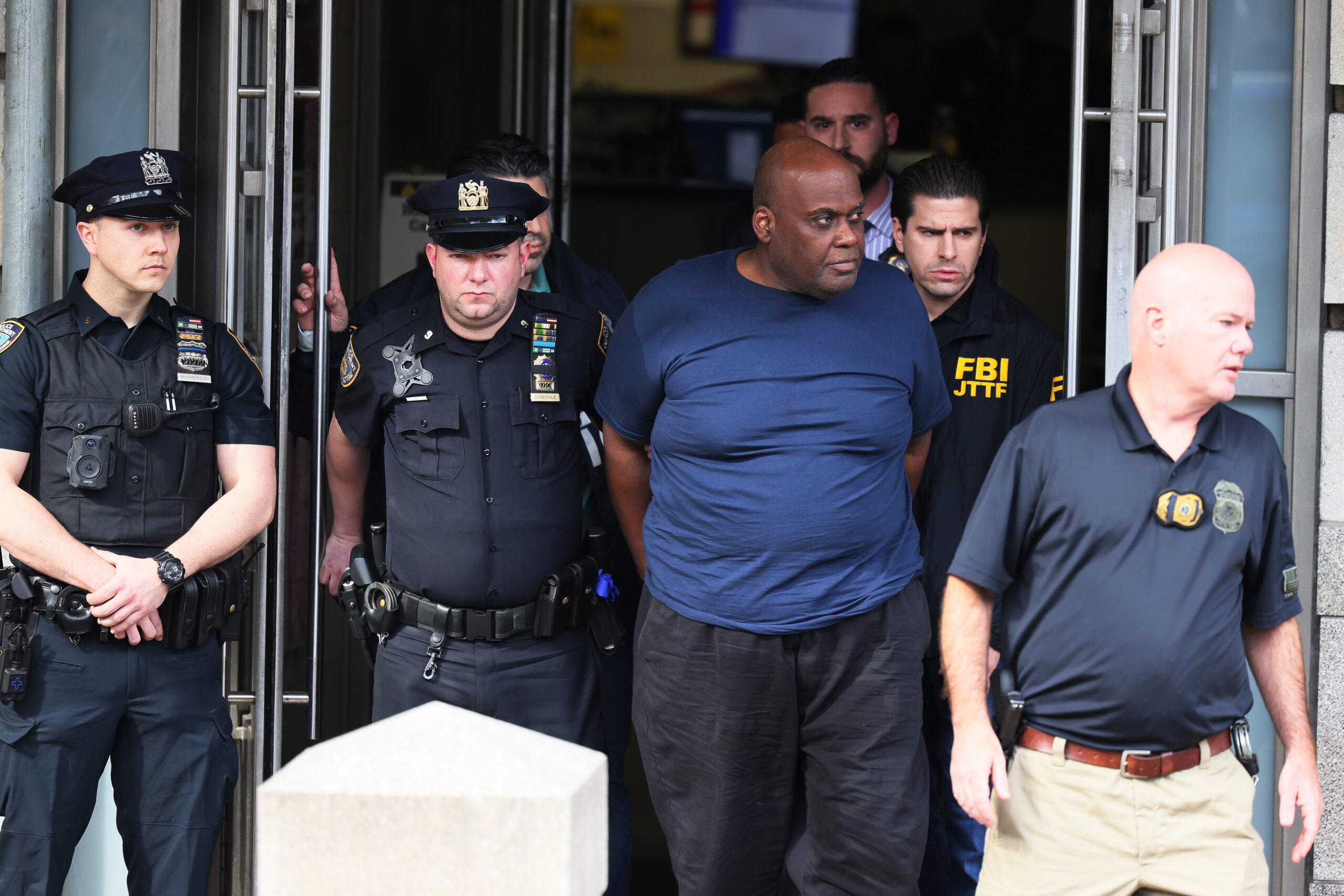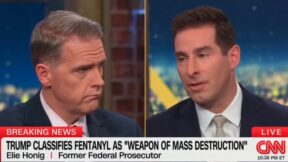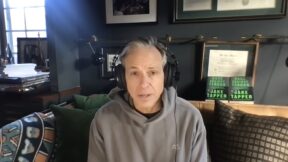New York Daily News Police Bureau Chief Rocco Parascandola on the Wild, 29-Hour Manhunt For Frank James

Michael M. Santiago/Getty Images
“That’s not the guy,” a source told Rocco Parascandola when showed a photo of a young man rumored to be the shooter who opened fire in a Brooklyn subway car this week, leaving at least 30 people injured.
The case of mistaken identity was just one piece of misinformation flying around newsrooms and police departments during the frantic 29-hour search for Frank James, who was eventually found on an East Village block and arrested without incident. The 62-year-old has since been charged with carrying out a terrorist attack on a mass transit system.
Parascandola, my guest on The Interview podcast this week, is the police bureau chief for the New York Daily News. The veteran reporter has been covering the city for decades, first for the New York Post, and now for its rival. Since 2009 he’s served as police bureau chief, covering crime and criminal justice from the shack inside NYPD headquarters downtown.
I used to work under Parascandola when I was starting out as a night reporter covering crime in the city for the Daily News. The paper has fallen on hard times in recent years, but proved its might this week with breaking news coverage of the subway shooting, a senseless attack that struck the city in its heart: a subway car full of commuters traveling towards Manhattan through the quiet neighborhood of Sunset Park.
While police nabbed James on Wednesday, Parascandola said a motive for the attack still eludes them.
“Now the big question is the motive,” he said. “What what is behind all this? Various videos are out there and easily accessible to the viewing public. He’s spoken with anger about a lot of different issues. But it’s not really clear why he acted out on Tuesday morning, why he acted out in Brooklyn, why he acted out at that subway station, and why he acted out period.”
Parascandola noted that James posted extensive videos online in which he embarked on racist rants — but nothing that has explained why he carried out the shooting.
“He’s kind of all over the place,” Parascandola said. “Typically when the motives in such an attack are clear — when they’re articulated by police, by prosecutors — it’s because the person has spoken mostly about that, and has not been all over the map. This man very much is all over the map with his anger.”
The attack brought fresh attention to crime in New York City, which has been a trendy subject of coverage for national outlets like Fox News.
“Obviously, we’re not anywhere near the level we were at at the height of the crack era in the late 80s and early 90s,” Parascandola said.
The city has gradually gotten safer since then, with the exception of the occasional blip upwards. That said, Parascandola argued we’re far enough removed from the crime peaks of the crack era that it’s more useful to compare current crime rates to those in 2019.
“The fact of the matter is, at the end of 2019 this was still a remarkably safe city, with numbers still hitting record lows in different categories.”
“2020 changed all that,” he said, citing the pandemic, a bottlenecked court system, and bail reform as potential factors contributing to the rise in crime.
“Whatever the cause may be, New York now in 2022, there is, in a lot of pockets of the city, a sense of disorder and a sense that violence can happen anywhere,” he said.
I wanted to talk to Parascandola not only about the manhunt and what the attack means for the city, but also how reporting on crime has changed in New York, particularly at the Daily News.
“The number one staple of crime coverage, of police coverage, is always going to be the crime of the day,” Parascandola said.
But as crime rates dropped in the last few decades, “it allowed reporters the time, particularly at the papers where perhaps we didn’t have the resources, to dig down deeper on some of the issues.”
“Even before the police reform movement that came out of the killing of George Floyd in Minnesota, there was a greater emphasis by a lot of newspapers, ours included, on issues such as police transparency and police misconduct records, which for years have been shrouded in secrecy,” Parascandola said. “These are all issues that we were able to pay greater attention to because we actually had more time to do it, because instead of five or six murders a day and 10-12 shootings a day to choose from, there were times where maybe it was a murder a day, maybe there wasn’t a murder for a couple of days.”
What’s more, the internet has made for a more urgent news production schedule.
“The internet has changed everything,” he said. “Very rarely are exclusives held until the paper the next day. The feeling is, get it up there because [otherwise] someone’s going beat you to it.”
One thing hasn’t changed: the rivalry between the Post and the Daily News is alive and well.
“We don’t leave a scene or a house until the Post does, and vice versa,” he said.
Download the full episode here, and subscribe to The Interview on Apple Podcasts or Spotify. Read more coverage of The Interview on Mediaite.




